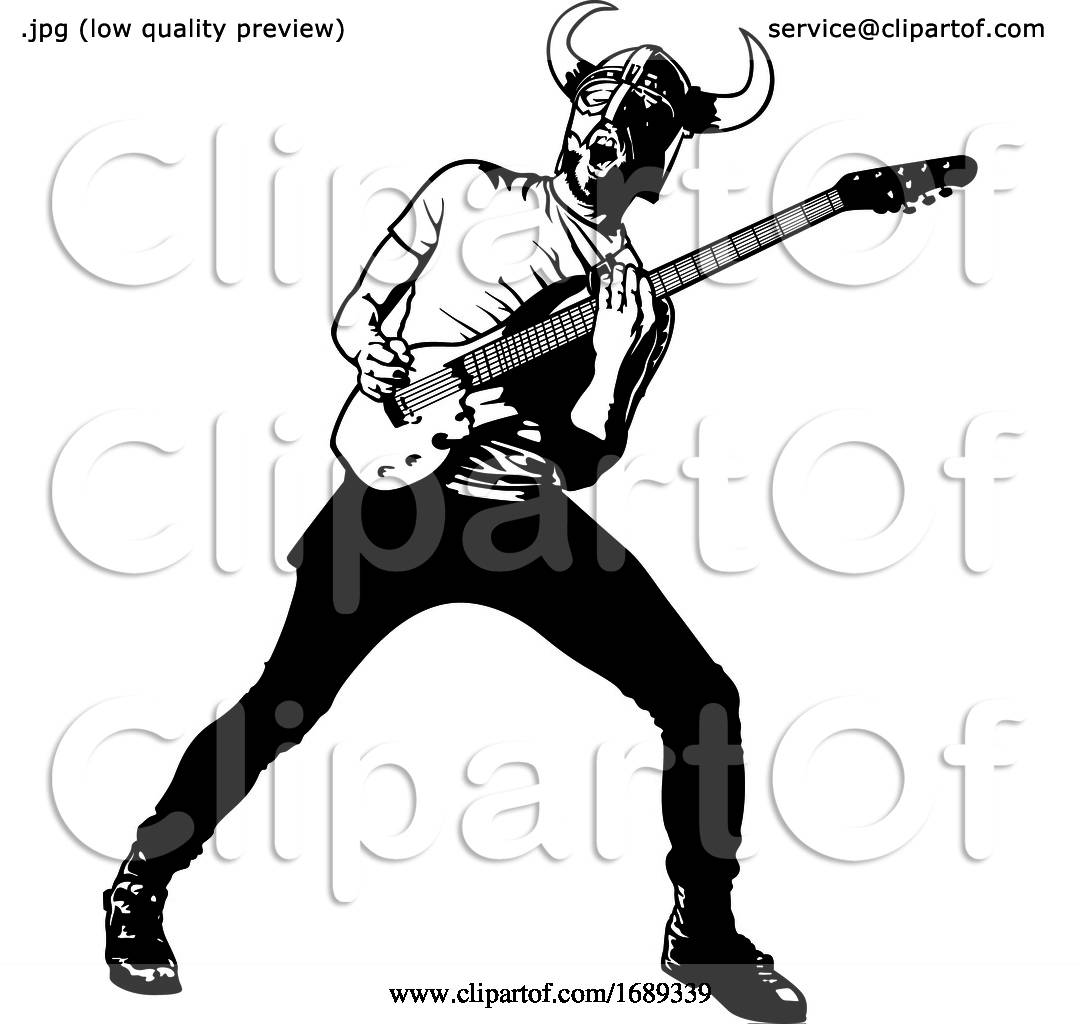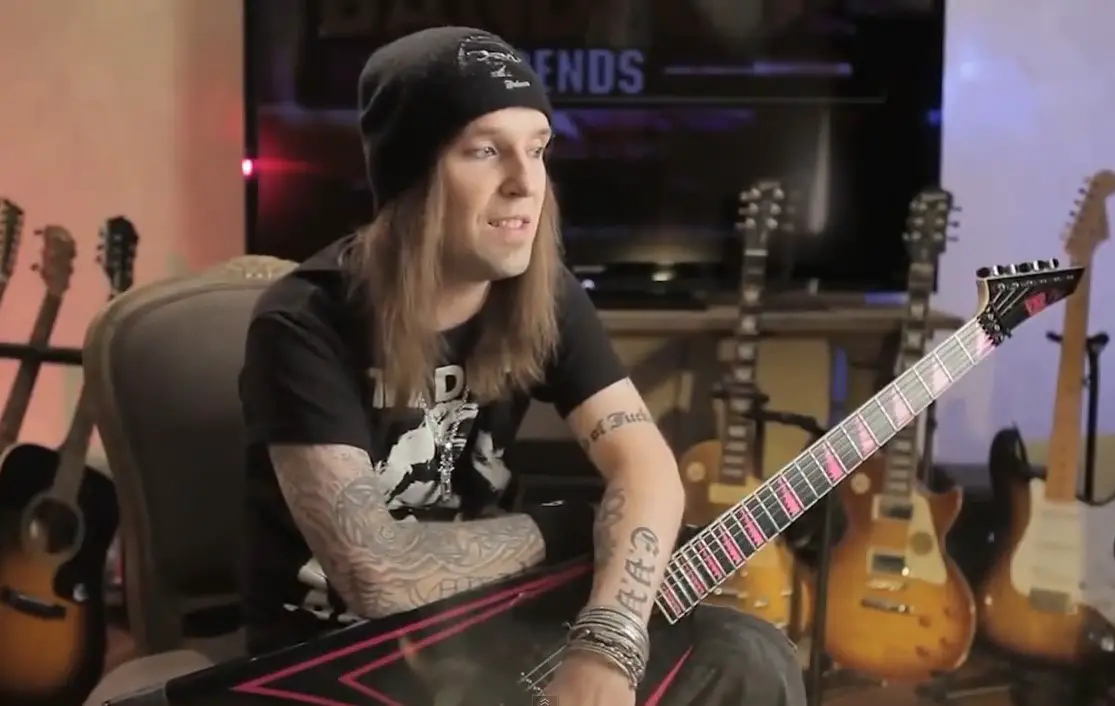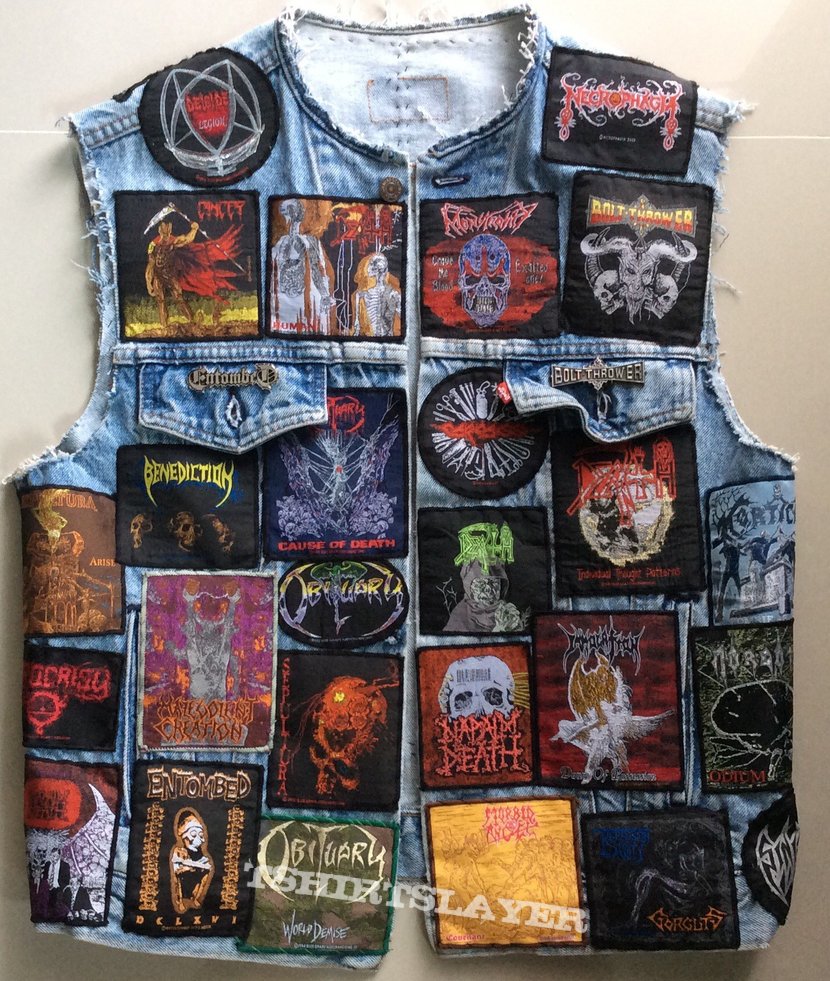

After all, metal is all about challenging the status quo and not conforming to the norms, so it is expected that some bands will ultimately branch out and experiment on the vast sonic possibilities that lie ahead.

Just like the entire legion of metal genres, thrash is not limited to the standard tuning frequently used in a lot of songs. Are there thrash metal songs that feature dropped tunings? Moreover, a majority of Metallica’s early works including “Battery,” “Creeping Death,” and “Master of Puppets,” are also in E standard tuning. Some of the most popular thrash metal songs in EADGBE tuning are Anthrax’s “Caught in a Mosh,” Megadeth’s “Holy Wars…The Punishment Due,” and Sepultura’s “Arise,” to name a few. However, even the earliest metal bands such as Black Sabbath and Judas Priest, widely experimented on dropped tunings either to achieve a much heavier mood, or to accommodate a certain vocal range. The pioneering wave of metal from the 70s to the 80s are an exceptional bunch in that they didn’t rely exclusively on alternate tunings to create a sinister atmosphere. A combination of ominous lyrical imagery and wrist-breaking, galloping riffs, can easily produce some serious headbangers without the need for a fixed thrash metal tuning. This is a testament to how certain techniques can make any kind of music effective, as long as they are executed with perfection.

Is there a specific thrash metal guitar tuning?Īside from the raging drums, overdriven basslines and guttural vocals, thrash metal is also highly regarded for the incredible guitar work by the likes of Marty Friedman, Jeff Waters, and Alex Skolnick, as well as Dave Mustaine, Jeff Hanneman and Kirk Hammett.īelieve it or not, a great number of thrash metal’s heaviest hitters were composed and recorded in standard tuning. Subcategories such as death metal and black metal later on deviated from thrash metal and introduced a more savage, more malevolent variant of metal. The success of thrash metal also helped pave the way for more extreme variants of metal which eventually tore down the boundaries set by their predecessors. A thrash metal revival also saw the subgenre gain resurgence once again in the 2000s and 2010s, with bands like Havok and Municipal Waste carrying the torch.Ĭombining the dark and technically-challenging elements of metal with the politically-charged lyrics of hardcore and menacing energy of punk rock, thrash metal is responsible for instigating tremendous amounts of chaos on countless mosh pits throughout the decades. Thrash metal is no exception as the subgenre has seen a myriad of tunings being utilized by various axemen, although the E standard remains the most prevalent tuning in most songs.įrom the early 80s till the early 90s, Anthrax, Megadeth, Metallica and Slayer, collectively known as the “Big Four,” dominated metal alongside other thrash bands such as Exodus, Death Angel, Kreator and Testament. Meanwhile, djent groups of the 2010s relied more on 7 or even 8 string guitars to deliver a massive sound that was recently unparalleled in metal.

For example, the metalcore mania of the mid-2000s featured guitarists that often favored the drop C tuning. Other permutations of metal, especially in the 21st century, utilized certain tunings that gave definition to a multitude of styles.


 0 kommentar(er)
0 kommentar(er)
